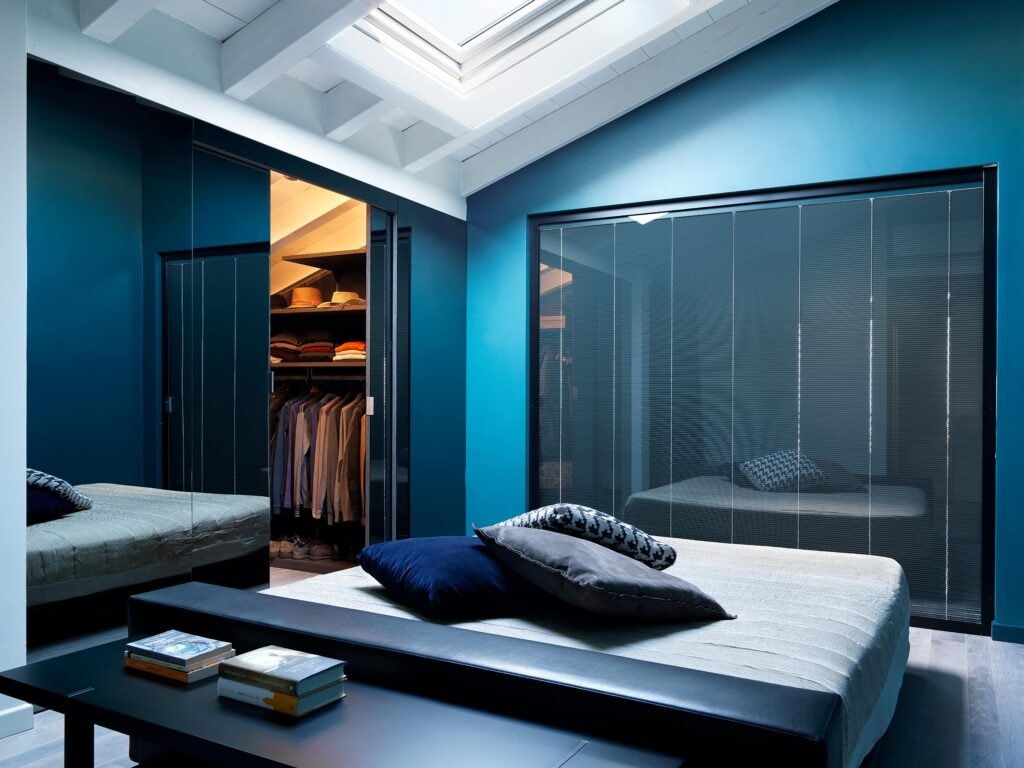What Is the Best Type of Window Covering for a Hospital?
When it comes to hospital design, every detail must support the wellbeing of patients, the efficiency of staff, and the safety of the environment. One often-overlooked yet crucial feature is the window covering. In a healthcare setting, window treatments aren’t just about controlling sunlight, they’re about privacy, infection control, durability, and ease of use. With so many options on the market, curtains, roller blinds, shutters, or integral blinds, choosing the best solution requires balancing both function and hygiene. In this blog, we explore what is the best type of window covering for hospitals.
The Role of Window Coverings in Hospitals
Hospitals are complex environments with unique needs. Window coverings must:
- Provide privacy for patients and staff
- Allow control of light and glare
- Be easy to clean and resistant to bacteria
- Comply with health and safety regulations
- Be durable and low-maintenance
- Support infection prevention protocols
In addition to these core requirements, aesthetics and comfort also play a role. Natural daylight can significantly improve patient recovery times and boost staff morale, but only when controlled effectively.
Common Window Covering Options
To find out what is the best type of window covering for a hospital, here’s a breakdown of traditional window treatments often used in hospital settings, and their pros and cons:
Curtains
- Pros: Affordable, easy to install, can offer full coverage
- Cons: Fabric can harbour bacteria and dust, difficult to clean regularly, high infection risk
Roller Blinds
- Pros: Sleek, easy to use, can be made with antimicrobial fabrics
- Cons: Manual systems may be touched frequently, making them hard to sanitise; prone to mechanical wear over time
Vertical Blinds
- Pros: Adjustable light control, commonly used in offices and some patient rooms
- Cons: Hard to clean individual slats, moving parts can break or gather dust
Shutters
- Pros: Highly durable, stylish
- Cons: Not ideal for clinical areas, expensive, more suitable for private rooms than wards
While these traditional options offer varying degrees of privacy and light control, they often fall short when it comes to infection control, cleanliness, and long-term durability, all of which are essential in hospitals.
Why Integral Blinds Are a Game-Changer in Healthcare Facilities
Integral blinds, also known as blinds between glass, are an increasingly popular solution in healthcare settings. These blinds are sealed inside double or triple glazing units, offering a clean, enclosed system with zero external exposure to dust, germs, or handling.
Key benefits include:
- Touch-free operation (with motorised controls)
- No exposure to external contaminants
- Zero maintenance or cleaning of the blinds themselves
- Improved thermal and acoustic insulation
- No cords or strings, reducing hazards in clinical settings
This makes them ideal for use in wards, operating theatres, ICUs, consultation rooms, and mental health facilities.
Introducing SOVU Integral Blinds
We’re proud to introduce our new line of SOVU integral blinds, engineered specifically for the demanding needs of hospital environments.

Whether used in internal partitions or exterior-facing windows, SOVU blinds provide the ultimate combination of hygiene, privacy, and convenience. Here’s why they stand out:
Sealed for Hygiene
Because SOVU blinds are encapsulated within the glass unit, they remain completely protected from dust, bacteria, and manual contact. There’s no need for daily cleaning or disinfecting of slats—unlike traditional blinds or curtains.
Effortless Privacy Control
In hospitals, privacy isn’t optional. From patient rooms to consultation spaces, SOVU integral blinds provide instant, reliable privacy. With an automated remote control, staff can adjust the blinds quickly and easily, without compromising hygiene.
Enhanced Infection Control
Curtains and traditional blinds can act as breeding grounds for germs, especially in high-traffic or high-risk areas. SOVU’s sealed design significantly reduces the risk of cross-contamination, making them an ideal choice in infection-sensitive environments.
Long-Term Durability
Hospitals need solutions that stand the test of time. SOVU blinds are protected from external wear and tear, so there are no exposed mechanisms to break, no slats to bend, and no fabrics to fade. This makes them a cost-effective, low-maintenance choice for long-term use.
Versatility Across Spaces
Whether you’re fitting out a general ward, ICU, operating room, or administrative office, SOVU blinds adapt to suit. They are available in various glazing types and can be customised for both internal and external use.
So What is the Best Type of Window Covering for a Hospital?
SOVU integral blinds are defiantly ideal for multiple areas within healthcare settings:
- Patient Rooms – Maintain comfort and dignity with quick-access privacy
- Consultation Rooms – Enable discretion during sensitive conversations
- Observation Windows – Allow staff to monitor patients discreetly, then block views when needed
- Theatres & Treatment Areas – Eliminate dust-collecting curtains and reduce cleaning time
- Mental Health Units – No exposed cords or slats, minimising risk
Final Thoughts
In hospital environments, small design choices can have a major impact on both patient care and operational efficiency. While traditional curtains and blinds have been the go-to for decades, modern healthcare demands better. Click here to find out more about our integral blinds.
SOVU integral blinds offer a clean, safe, and efficient solution that supports infection control, patient privacy, and a more streamlined clinical environment. Here at UKO Glass we offer a range of high quality products including our new SOVU integral blinds for added privacy. Want some of your own? Speak to our team on 01422 861116 to find out more today!
